The Role of Occupational Therapy in Low Vision
Featuring
Joe Kardine
Occupational therapist at Thomas Jefferson University Hospital
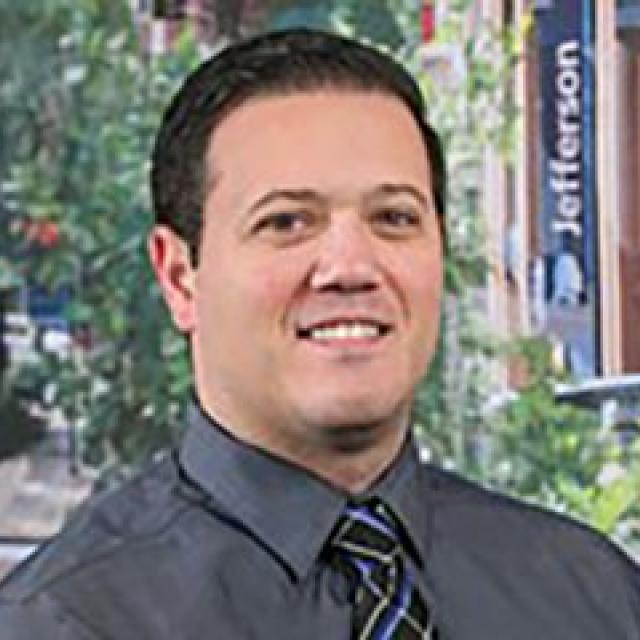

Joe Kardine
Occupational therapist at Thomas Jefferson University Hospital

The guest speaker is Joe Kardine, OTR/L, who is an occupational therapist at Thomas Jefferson University Hospital. Mr. Kardine specializes in treating those with vision and cognitive deficits as well as neurologic rehabilitation.
BrightFocus Foundation
The Role of Occupational Therapy in Low Vision
March 18, 2020
1:00 p.m. EDT
The information provided in this transcription is a public service of BrightFocus Foundation and is not intended to constitute medical advice. Please consult your physician for personalized medical, dietary, and/or exercise advice. Any medications or supplements should be taken only under medical supervision. BrightFocus Foundation does not endorse any medical products or therapies.
Please note: This Chat has been edited for clarity and brevity.
MICHAEL BUCKLEY: Good Afternoon. This is Michael Buckley with the BrightFocus Foundation. Welcome to or welcome back to. Today’s topic is “The Role of Occupational Therapy in Low Vision,” and we’re very fortunate to have a new guest with us today. It’s Mr. Joe Kardine. He is with the Thomas Jefferson University in Philadelphia and specializes in occupational therapy for people with vision and other cognitive issues. Briefly, I’ll tell you a little bit about the BrightFocus Chats. Once a month, we have the opportunity to spend about 30–40 minutes with leading experts on vision disease and eye health. Now, I’d like to turn to today’s guest, Mr. Joe Kardine. Joe, I’d like you to just tell us a little bit about yourself and what you do at Thomas Jefferson.
MR. JOE KARDINE: Thanks, Michael. Good afternoon, everybody. My name is Joe Kardine. I am an occupational therapist from Thomas Jefferson University Hospital in Philadelphia. A little bit about what I do pertaining to the discussion today: I work with many folks with low vision, and that may be from a neurological problem, or it may be from a clinical eye disease that is progressive. In addition to that, I also work with our acquired brain injury population and other neurological diseases. A lot of what I do is in outpatient rehab. I have experience with inpatient conditions, as well, where low vision is—both in the hospital and in the community. But there’s a little bit about me clinically.
MICHAEL BUCKLEY: And the Career Day question: Why did you want a career in health care?
MR. JOE KARDINE: Well, I think starting out, like most people in my field, a lot of it is from family experiences and just the nature of wanting to help people. While I started in this field, I started to really find my niche in providing care for people who don’t necessarily have the best access to care, so it’s a lot of folks with certain types of conditions—especially in the low vision field—and trying to be innovative to change the way we help people.
MICHAEL BUCKLEY: Great. Mr. Kardine, what are some of things that occupational therapy can do to help people who have low vision conditions?
MR. JOE KARDINE: Our profession’s role in the low vision field…I will say we are underutilized just because the field of occupational therapy…some people still don’t know what that is. So, I will tell people what that is first. Our role in rehab—or rehabilitation—is to help people get back to what they’d like to do or what they need to do for what their role is, period, in their life. What that means for a lot of different things—I’ll keep it just with low vision—but our role is to work with a multidisciplinary team, like a patient’s eye care provider or eye doctor, and address the limitations they have regarding their function. What I mean by function is how they take care of themselves—their dressing, how they brush their teeth, how they function in their home—and helping the family, as well, because this is definitely a population where it’s a family event. Not one person goes through this alone. We have the opportunity with the low vision population to train them how to use devices that are prescribed from their eye doctor.
And then also, the field of occupational therapy started in mental health many, many years ago; we’re at about 101–102 years old as profession. You know, mental health resources are difficult to access, in general, and in the field of low vision, sometimes low vision can be considered a chronic illness because it can be a progressive condition, so we help address that. We are not the psychologists that we all would prefer people have access to, but we’re there for you, and we try and give a better perspective because if we can do that, we can help your function out in the long run.
MR. JOE KARDINE: Some other things we are able to do is we help you use the remaining vision that you do have and try and adapt your environment and adapt the tasks and things that you need to do to kind of give you your confidence back and to make you as independent as possible.
MICHAEL BUCKLEY: That’s great. There are so many great points in your answer there that we’ll get to throughout the Chat. One that I’d like to start with is the challenge people have asking for help. I come from a long line of stoic New Englanders that falsely think we can do everything on our own, and so I was wondering: How do you work with the family to get someone to ask for the help they might need?
MR. JOE KARDINE: I think every situation’s a little bit different, of course, and I think it’s everyone’s job, you know? It’s our job. It’s the medical provider’s job to get them…get everyone on board with what’s going on to be able to understand why you need help and to know the pros and cons of everything that’s going on. It’s an emotional time when someone is going through this and needing rehab and getting to accept that we have to address these limitations, because if we don’t, more negative things will happen than positive things.
MICHAEL BUCKLEY: How do you approach a patient and a family that really feels a sense of hopelessness or a sense of not having a lot of optimism about their ability to continue to live a normal life? How much of that’s reality, and how much of it is something that you help through your work to make people feel a little more confident?
MR. JOE KARDINE: I will say, first, that feeling is, I think, a feeling everyone goes through when they start out on this journey of going through this type of rehab or going through this type of progressive disease. Just like any other condition that is progressive, people feel like they’ve had something taken from them, and reassuring and helping them feel that it’s okay—that, number one, it’s okay that you feel that way, because I think anybody would—but trying to change perspective on, “Well, we’re still here, and there’s still a lot to live for and a lot to gain, even though you’re going through this.” So, it’s like addressing the white elephant in the room. That’s always difficult, and it’s difficult to see people go through that, but our role in this is to give them hope again, and sometimes we address the mental health first before we really move on with adapting your life and introducing devices that make you feel that, “Well, I’m not me if I have to use this.” There’s a lot of emotion that goes into it, but becoming a team through this really helps, I think, to make things a little more comfortable and helps people progress themselves with confidence.
MICHAEL BUCKLEY: It sounds like you really make a difference. How does somebody get started? How does somebody find an occupational therapist?
MR. JOE KARDINE: There are a few ways to go about accessing services. Typically, occupational therapists are everywhere. We work with physical therapists in clinics and in the hospital. Now, to find an occupational therapist specifically for low vision problems, what you want to do first is talk to your eye care provider and see what they know, see if they have any relationships with an occupational therapist, because we are the only rehab clinicians that work with eye care providers. We are the only rehab clinicians that can accept a referral from an eye care provider. So, there’s a really good chance that your eye care provider will know someone to get you the right services.
Now, if you go to a low vision eye care provider, I can almost guarantee you that they work with someone who can provide the services, and if you hit a dead-end there, there are websites that have a list of therapy providers who offer these types of services, and I can give them to you. You can go to the American Occupational Therapy Association website and find certified therapists with low vision certifications. There’s a website called VisionAware.org; they also have some links that will…it’s a great website for education and resources, as well as a listing of therapists and other providers. And then, a couple others that do is the Association for Education and Rehabilitation of the Blind and Visually Impaired—that is aerbvi.org—and then the acvrep.org website is really a website for health care providers where you can go through your certification process, but they have a list there, as well, of colleagues in the country that offer the services. So, the information is available. Unfortunately, getting it around to people across the country can be a challenge, of course, but there are many opportunities, I think, for people to access the services. I think there are just other barriers that may limit them to access them physically.
MICHAEL BUCKLEY: Sure, and we’ll try to get to some of those in a moment. You’ve mentioned how somebody could go about working with their eye care professional to get started. Broadly speaking, are the services that you and your colleagues provide covered by Medicare and Medicaid or private insurance, or are there referral issues that sometimes people go through? That is a lot of different roads there, but sort of broadly speaking, are these services covered in some fashion?
MR. JOE KARDINE: Yes. The wonderful thing about our profession’s involvement in this field is that the way you pay for therapy services is the way that would work for this. So, an example provided: If you have to go to physical therapy for a shoulder injury, you would get a referral from your doctor, and you would go to therapy. So, in this case, you would get a therapy referral from your eye doctor or eye care provider, and they would write the referral for you to come to occupational therapy for the services. How that compares to other providers, like…you know, some eye doctors have the ability to train their patients on devices because they may not have a therapist to work with, so the eye doctors are trying to do all of that work, too. You would be paying a co-fee for an eye care specialist versus just a therapy copay, which is a lot cheaper.
Medicare, Medicaid, and private insurance all cover occupational therapy pretty much across the board. Even Veterans Benefits and Tri-Care cover occupational therapy, as well. You normally are authorized a certain amount of visits per year per therapy discipline. So, for example, let’s say you have Blue Cross/Blue Shield insurance, you may have 60 authorized visits of therapy—so, that’s physical therapy, occupational therapy, and speech therapy—all included. And then to add to that—because I know this probably will be a question—is, how long is someone in therapy for? It will depend on the therapist’s discretion about your plan of care, but you could be in therapy anywhere from a month to 3 months, but maybe only once a week or once every other week because you work as a team. So, there’s a lot that goes into that where it may not be that you need to go to therapy two to three times a week as you would for a knee or shoulder injury. So, that is the cycle of how you process yourself through therapy. You get a referral and you can take that referral to the therapy specialist.
MICHAEL BUCKLEY: Thank you. So, the services that you just outlined there, I think a lot of us in our own lives sometimes find a little bit of a triangle between our doctor and a specialist provider and the patient, and sometimes there are communication and coordination challenges. How do you make that go as well as it can?
MR. JOE KARDINE: I am fortunate to be on an electronic medical record system that many large university academic centers are on, so our communication, I will say—as I’ve worked for other companies and other facilities—that we are fortunate to have an excellent system, so we can then take more accountability to help the patient with that sometimes daunting process, as it may be sometimes. We have direct access to the patient’s phone number and the doctor’s email, and we can do things a lot quicker. But I know in some places, it’s not always like that, so there comes a little more communication challenge in the ability to make things as smooth as…as I see, people are already going through a really tough time. The last thing they need are communication breakdowns and longer times out of the service that they need. So, I’d say with the times that are changing, that is becoming a lot easier for a lot of people, especially in the metropolitan areas.
MICHAEL BUCKLEY: Great point about how sometimes this is just the last thing people need in that situation. Now, you’ve mentioned different tools and technologies that can help people. I’d like to talk about those on and off for a few minutes. We have a first question kind of related to that. It’s about contrast, whether it’s a TV set or a computer or smartphone. Are there lightness and darkness settings and contrasts that can help people with low vision?
MR. JOE KARDINE: Typically, how we address contrast and lighting is there are ways to evaluate what lighting and contrast you need. It’s very specific to every person based on the condition and where things have progressed or not progressed. Typically, with contrast, we start simple—you know, black and white contrast to make things less blurred together and not having light colors together. That’s more of a technique and a strategy to adapt your environment, especially in the home. But with lighting, there are different types of lighting, as we know, and different levels of lumen and temperature are important based on how sensitive with light that you are. I will say that the simple strategy is, when you have the lights off in your home but the TV on, it makes a much brighter scene where you may have more glare and more difficulty looking. That in itself is something we don’t realize that can affect anybody, but really—especially with the low vision population—that becomes a barrier that we try and fix immediately.
But you would work with your therapist, and sometimes just finding out what works for you is the best way. Not everything is textbook, and not everything is as simple as it may look, but different types of lighting with different tasks in different rooms of your home or in the environment can be identified for you through the therapist.
MICHAEL BUCKLEY: In terms of computers and smartphones or tablets, are there specific apps that are helpful for people with low vision?
MR. JOE KARDINE: There are some pretty interesting apps out there that, Michael, I will provide for everybody that will be accessible. I will just describe the apps. I won’t say any names because it’ll be easier just to have it on a handout, but there are some facial recognition apps, and there are voice-to-audio apps. There’s an app where you can hold your phone up—and it does depend on the type of phone that you have, but most of them are Apple- and Android-compatible, as well as iPads—where it can identify what room you’re in or what’s in the room, or it can log the person that’s in the room. You know, let’s say it’s your spouse and you hold your device up to your spouse, it will recognize them as, let’s just say, Jim. So, there are apps like that. There are apps that magnify documents that you’re trying to read, or it will scan the document and read it to you. What I do with folks often, just as a technology starter, if you have an iPhone, the iPhone has magnification in the camera, but what I do for people is I just have them use their phone to make something larger—or if they take a picture of it, then they can do that, as well, but I also have people use it as a navigation tool that they can look through their phone screen to see where they’re going, especially in different rooms that have different lighting. I had a couple of people recently where they talk about how they go into a darker restaurant and it takes them a long time to adjust, to where it takes them about 20 minutes to then…they still can’t see the menu after 20 minutes, so they feel like they’re holding everybody up. So, we had them use their phone to walk them in and use that for the menu, and they had the best experience possible. Just those little things about technology go a long way for people, so, I try not to complicate something with more apps and more tools if it’s not necessary, just because that becomes super-overwhelming. And with different ages of people, not everyone is tech-savvy; I, myself, am not the most tech-savvy, so I can’t imagine how it feels for someone who really doesn’t like technology at all.
MICHAEL BUCKLEY: Yeah. Very nice.
MR. JOE KARDINE: We try and use our judgment on that, for sure.
MICHAEL BUCKLEY: No, that’s a great point. Again, I know broadly speaking—we don’t want to get into specific product names, but broadly speaking—are some of these apps free of charge, or are more of them likely to be something that somebody would have to pay for?
MR. JOE KARDINE: I would say most of them are free. I know there are a couple that give you free access for, like, a month and then you have to subscribe. So, I try and stay away from those unless people are like, “No, I don’t care. It’s fine,” but I try and utilize what’s free because there’s a lot available, and it already could be a tough financial time in someone’s life that we don’t need to burden them financially and make them feel more insecure about things that they don’t need to feel.
MICHAEL BUCKLEY: Sure, very understandable. Staying on keeping a vibrant, positive life, I know many of us really enjoy reading—both the relaxing nature of it, and it’s good for the intellectual stimulation. Are there things that you do to help people continue to enjoy reading as they have low vision?
MR. JOE KARDINE: Yes. There are a lot of ways to read. The most important thing is, no matter what eye condition that you have or how impaired your vision is, it’s super-important to make sure that you are seeing an eye care provider who can potentially make a lens change or a change to your glasses to enhance your vision. Because you have a progressive eye condition does not mean glasses are then ineffective. They are very effective, as long as they are up to date, and because your vision is changing, you probably see your provider maybe every 3 to 4 months; I know some people see them every month. It definitely depends on the situation, but that’s number one—making sure you have the right lenses. The second factor is, in therapy, there are a lot of adaptive ways to read, and the use of devices that your eye doctor may recommend or that your therapist may recommend can be very beneficial to magnify what you want to read and to make it less straining on you and less frustrating, as well as some of the apps that I talked about earlier that can really help voice-detect. It can scan the page and read it to you at a speed that is tolerable to you. So, there are many ways for many people of many ages to participate in reading, whether you’re an adolescent, whether you’re in college, whether you’re middle-aged, or whether you’re elderly. That obviously—reading—is one of the largest impacts of function with this population, and it has become one of the most focal points for rehab because we need to read everything; that’s the world we live in.
MICHAEL BUCKLEY: Yeah. Well, great. It sounds like you can really make an impact. I know a real tough topic for a lot of families is driving. In your work in the clinic, do you directly or kind of indirectly get involved with the whole question of driving or not driving?
MR. JOE KARDINE: There are a few ways to address driving. The first way is what I see is that people won’t…well, let’s put it this way: People will be in denial that they can’t drive, and they put themselves at risk. That’s the one way to deal with driving. The second way is to talk to your providers about it and say, “What do you think is best based on my current performance? What would you do if it was you?” Because that’s okay to ask. I mean, certain people have the authority to make certain decisions. I, for sure, am not that person to make that decision, but it’s important to talk to your eye care provider or your medical doctor or your primary doctor about it to get words of advice. It’s a very sensitive topic.
It’s a very sensitive topic, in general, across the medical world, but another alternative is there are certain occupational therapists or there are certain clinicians out there—they’re not just OTs—but they are certified in driving rehab. So, what your doctor may recommend is, say, “Why don’t you have an evaluation for driving rehab to see if the current performance is appropriate for on the road?” Driving rehab typically does a general evaluation of your strengths and your range of motion and your neurological signs, and then they will get into more reaction time and simulation of driving. Then, if you’re safe, they’ll do an on-the-road evaluation to make sure that it’s okay to move forward. Because there are a lot of people with low vision who do drive, and it is safe, but sometimes if the condition’s not managed appropriately or some folks don’t have access to medication or they aren’t taking their medication or eye drops as appropriately, things progress, and that means your performance will decrease when it comes to driving.
And, you know, not driving and not having your independence is a cause of a lot of other problems. In any setting of the medical field, it’s a very sensitive topic, and the best thing is to be honest and talk with your providers about it, because you don’t want to hurt somebody, and you don’t want to get hurt either. It’s not worth it to you or your family; it’s really not.
MICHAEL BUCKLEY: I appreciate how you handled the many natures of that topic. And sort of a companion or a bookend topic of driving, the other part of independence is people want to stay in their own homes and stay in their community. Obviously, it’s a huge topic, but do you a couple of tips to help people live at home longer to avoid falls or other types of problems that might make them no longer able to live at home? How can someone with low vision stay safe at home?
MR. JOE KARDINE: I think when you’re addressing functioning in the home, you want to address that the home is organized as best as possible—there’s not a lot of clutter there, there are not a lot of items on the floor that you can trip over or rugs that will move around on you. You want to make sure that lighting is appropriate during the day and at night and in the appropriate places—so, nightlights are good on the stairs, nightlights are good in the bathrooms, a nightlight in the kitchen. They do have motion-activated nightlights now. I think they’re wonderful; I have them for myself. They’re awesome for lighting.
You also want to address: How can we make the contrast in this home better suited for you so you can be as independent as possible? Organizing your closets even by color organization or however…whatever works for the person is what would be best when you’re doing adaptations or modifying your environment. Keeping things in the same place so you know where they are. A lot of the times with low vision, you then start to rely on your attention and your memory because, if you’ve lost your vision, you have to really change the way you think sometimes. If you can have a therapist come to the home that has experience in low vision, you’ve hit the jackpot because that is what most people want.
But on the other side of it that we see is that it’s good that you want to stay in your home and that you don’t have to leave your home and have to move out of your home and relocate, but sometimes the comfort of your own home does more ineffectiveness to your mental health because you feel isolated and you feel stuck in your home, and it’s the only place you feel comfortable because it’s familiar and you can see everything better there than in an environment that you’re not familiar with.
MICHAEL BUCKLEY: Well, that’s a great point.
MR. JOE KARDINE: There are a two ways to look at it, and I think if you can look at that in both ways, I think you’ll make better decisions about your own health. I think family members will look at that and say, “What’s the best we can do then to make sure that we can have the benefit of both?” Because when you do have low vision, there are levels of depression that comes with that. That’s where the isolation comes from, and the most important thing is that you stay social as best as you can. I know not every person’s situation is that easy, but if you have family and they’re supportive, and you have friends, and you have people you can reach out to, you should encourage yourself to leave your home to be with those people and not necessarily have them always come to you. It does a lot more good than that.
MICHAEL BUCKLEY: Yeah, that’s interesting. Mr. Kardine, I was wondering, as we conclude today, is there a minute or two of sort of big-picture advice? If there was something you just wished you could tell all your patients and their families, if there’s one thing you wish everybody knew that you came across in your work, is there something that would be?
MR. JOE KARDINE: Well, I will say—just with how eye diseases and eye conditions really develop—is that sometimes things are genetic, things are out of our control, and things happen, and we have to be strong and work through it because that is one of the only options we have. But the other thing is that a lot of conditions may be a result of poor health maintenance, not necessarily taking the best care of yourself, and eating a diet that you want but not necessarily should be doing and exercising. It’s important at a young age that we take care of ourselves because things can develop—some things that we don’t want. I think even if you do have an onset of any progressive eye condition, you still can manage that and not let it progress to such a degree where it kind of takes over your life. So, people are making recommendations about diet and exercise and better mental health practices. I promise you, it’s not a script—it really does make an impact on the management of your condition, because medication is helpful in helping things not progress quickly, but you also can do a lot to help yourself to keep things very minimal for a very long time.
And then, as far as advice on support, as impactful this is for everyone in your family and you as a patient, try and always support each other through it. It can be…it doesn’t have to be extremely difficult, and it doesn’t have to be extremely life changing, but how support is approached, I think, is one of the most important parts of someone’s recovery or a management of a condition in low vision and, honestly, in just about anything when it comes to an injury or a condition. So, I would say that’s my advice. That’s what I preach, and I see that in all of my patients. This is an adjustment, and to adjust in a healthy way is something always to think about.
MICHAEL BUCKLEY: Well, that’s great, and that’s fantastic advice not only on the topic today but certainly the challenges that many of us are going through. So, I really appreciate that. Mr. Kardine, on behalf of the BrightFocus Foundation, I just want to thank you for joining us today, and you were just tremendously helpful.
MR. JOE KARDINE: Thank you. It’s been a pleasure being here.
MICHAEL BUCKLEY: On behalf of BrightFocus Foundation, thank you to our audience for joining us today, and we’ll be back at the end of April. Thanks.
BrightFocus Foundation is a premier global nonprofit funder of research to defeat Alzheimer’s, macular degeneration, and glaucoma. Since its inception more than 50 years ago, BrightFocus and its flagship research programs—Alzheimer’s Disease Research, Macular Degeneration Research, and National Glaucoma Research—has awarded more than $300 million in research grants to scientists around the world, catalyzing thousands of scientific breakthroughs, life-enhancing treatments, and diagnostic tools. We also share the latest research findings, expert information, and resources to empower the millions impacted by these devastating diseases. Learn more at brightfocus.org.
Disclaimer: The information provided here is a public service of BrightFocus Foundation and is not intended to constitute medical advice. Please consult your physician for personalized medical, dietary, and/or exercise advice. Any medications or supplements should only be taken under medical supervision. BrightFocus Foundation does not endorse any medical products or therapies.
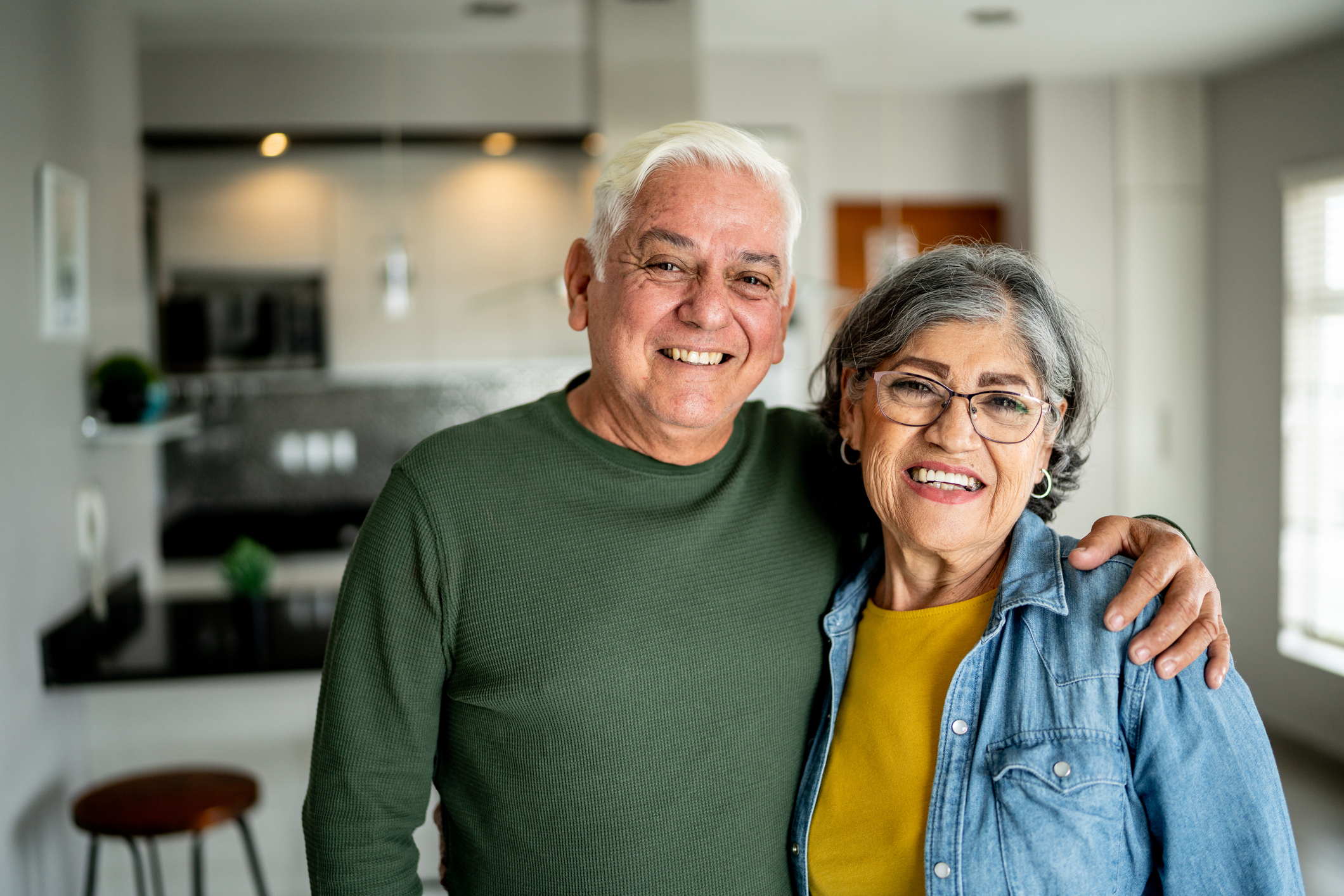
In recognition of National Caregivers Month, this episode explores the vital role of those who support individuals living with vision loss—whether family members, professionals, or volunteers.

Dr. Jeffrey Stern and Dr. Sally Temple, Principal Investigators and Co-Founders of the Neural Stem Cell Institute, will explain what stem cells are and share the latest updates from clinical trials.
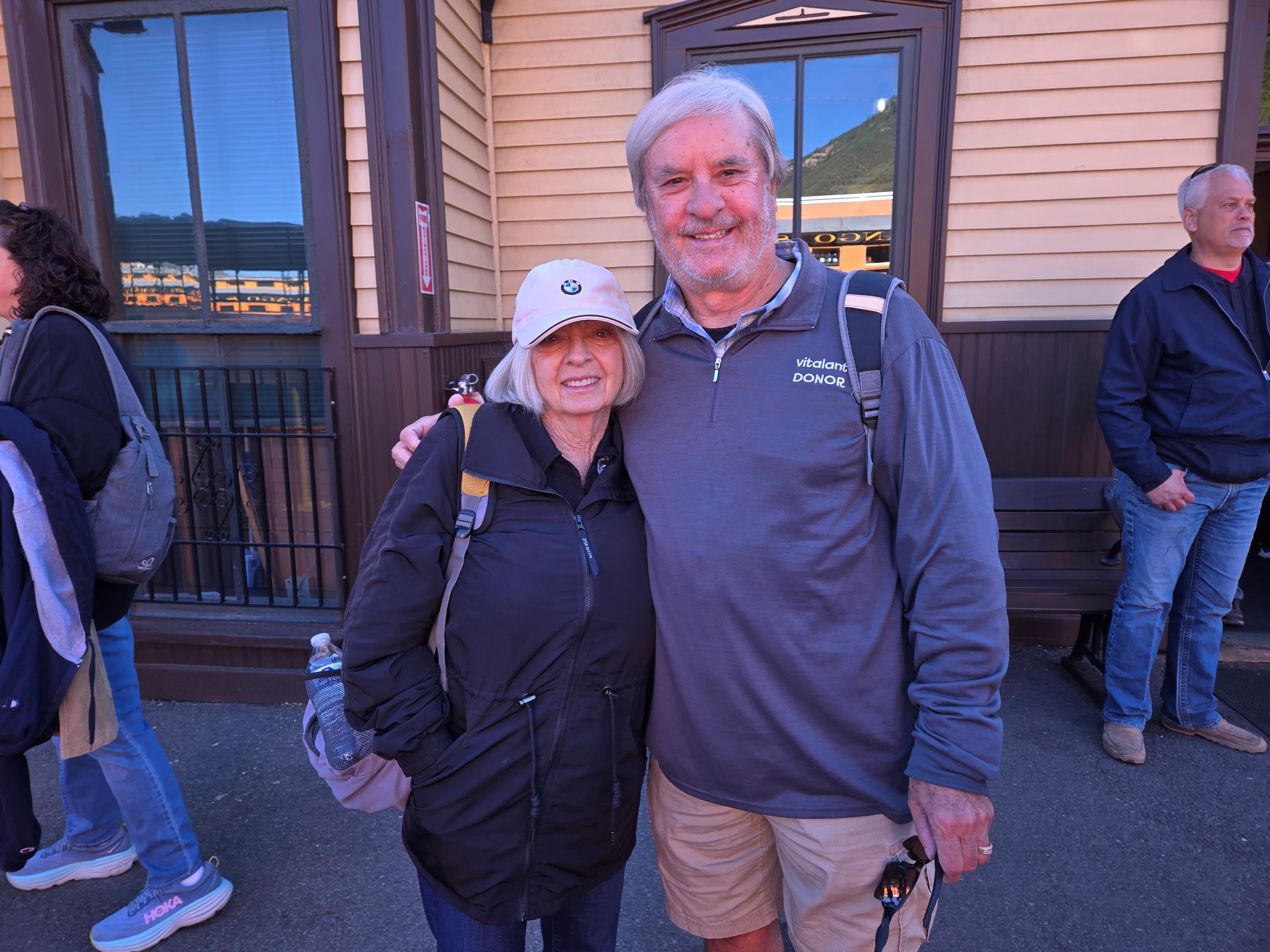
Dave and Leanna Palmer share their commitment to supporting Macular Degeneration Research.
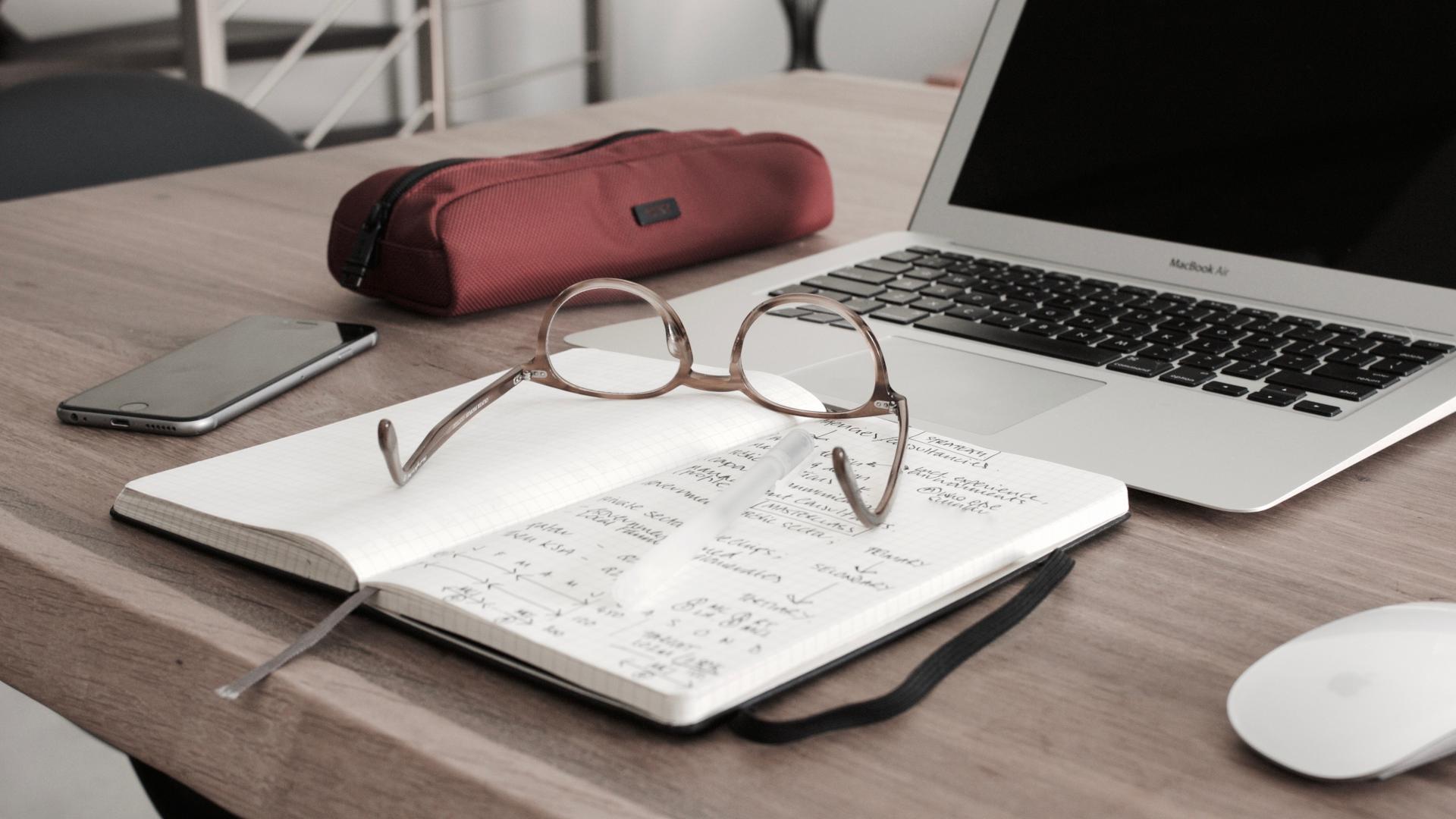
Resources and information that provide products, services, and other support for people with macular degeneration and their families.

Artificial vision systems utilizing these technologies show promise for individuals with profound vision loss in early trials.
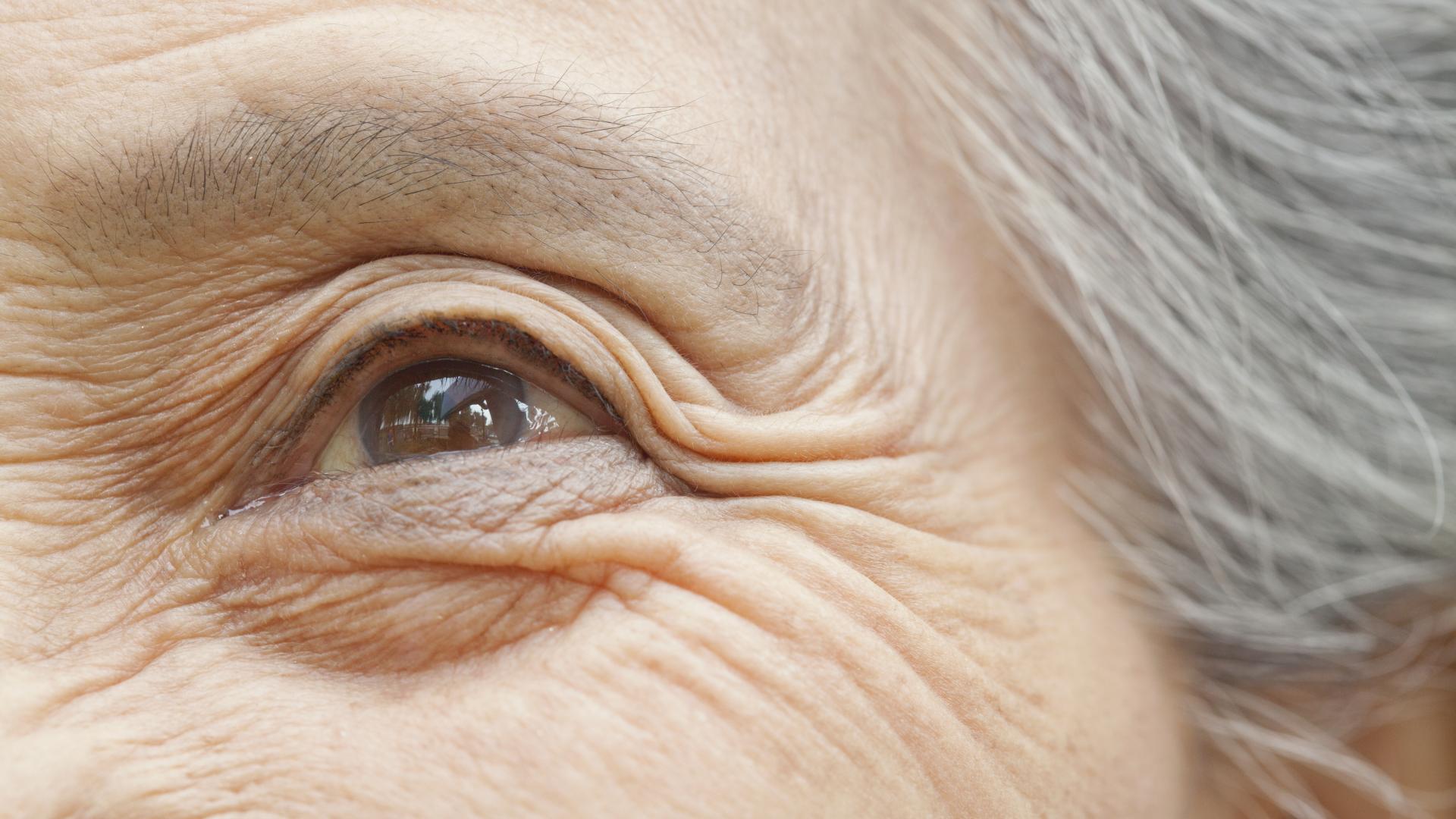
Join Dr. Sara Fard, a retina specialist at Illinois Retina Associates, as she explains the benefits of sustained GA treatment, including slowing the rate of vision loss, protecting retinal tissue, and supporting daily visual function.
Help Fight Macular Degeneration and Save Sight
Your donation helps fund critical research to bring us closer to a cure for this sight-stealing disease and provide vital information to the public.
Donate Today